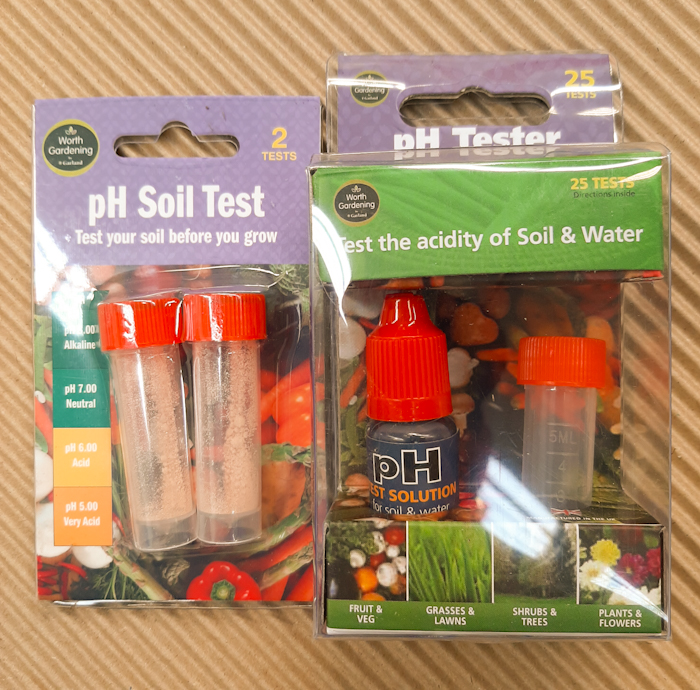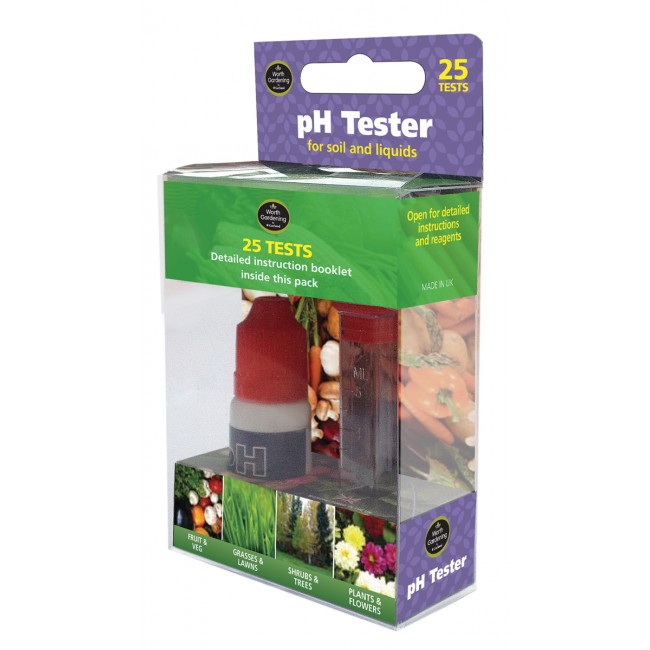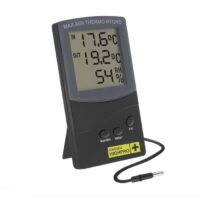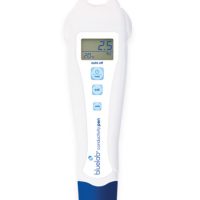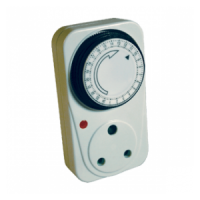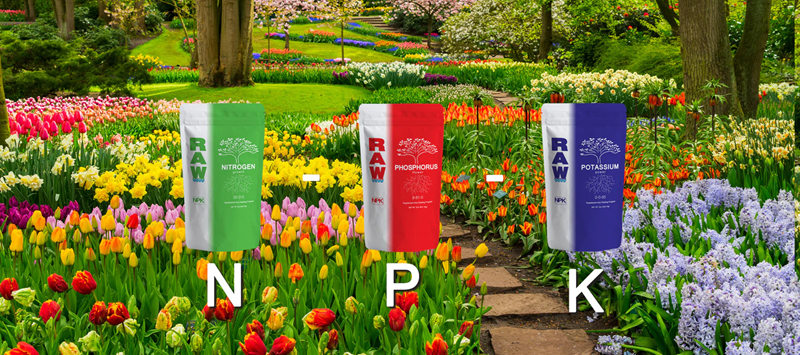Garland Soil pH Test Kits
R55.00 – R240.00
Description
Garland Soil pH Test Kits:
These handy kits will help give you an idea of what the pH value of a soil or substrate is, without having to buy expensive soil pH meters. The 2-test kit offer 2 soil pH test, while the 25-test kit can be used to test the pH of (relatively clear) liquids as well.
pH:
When buying new plants for an established or new garden, it is important to test the pH of your soil to ensure the acidity levels are correct. Your soil’s pH may be quite different in various parts of your garden, and therefore each area that you intend to plant should be tested.
pH and your soil:
pH describes how acid or alkaline a soil is. A reading of pH7 is neutral, above means chalky, alkaline soil, whilst readings below pH7 down to pH4 indicate an acidic soil.
Plants vary in their preferences towards a high, neutral or low pH and you can see at a glance what your plants prefer in the included Plant pH Preference list ( 25-test has a much more detailed list ). By using a pH soil testing kit you can now decide either to alter your soil or whether to buy plants which are suitable for the type of soil you already have. Altering the pH of a soil or substrate does take time, so do not expect a sudden in your readings – rather work steadily towards giving your plants ideal conditions over time. After amending the soil, test the soil pH level again in 30 days.
Garland Soil pH Test Kits – 2-test Kit:
How to check your soil:
Take a sample of the soil from about 4″ below the surface. Remove cap from tube, taking care to not spill the powder within. Add the soil to the powder up to the first line. Add water (preferably boiled) to the fourth line. Replace cap and shake thoroughly. Allow soil to settle. Compare the colour of the liquid solution to the pH chart.
Garland Soil pH Test Kits – 25-test Kit:
Preparing for the test:
(i) Remove the top 5cm (2″) of soil and break up the soil underneath to a depth of approximately 12cm (5″). Place some of the soil into a container and remove all stones and debris such as leaves and twigs. Break the soil up and leave to dry naturally.
(ii) Find a suitable container with a lid – like a jam jar
a. Take one part soil, the larger the representative sample the better
b. Add 4 parts water, preferably distilled, rain or finally tap water. For example measure 50ml / grams of soil and add 200ml / grams of water.
c. Seal the container and shake for 30 seconds to a minute.
d. Allow the sample to settle which could take 30 minutes to 24 hours depending on the soil type.
Carrying out the test:
a. Using the pipette supplied draw up a sample of the clear liquid. (It does not matter if the liquid is still cloudy).
b. Fill a clean dry test tube to the 3ml mark from the pipette.
c. Add 0.5ml (to the next graduation mark) of pH solution.
d. Add one heaped scoop of powder.
Replace the test tube cap & shake for 30 seconds.
Taking the reading:
a. Allow the powder to settle over a 5 minute period allowing the colour to develop.
b. Then compare the colour of the liquid in the test tube by holding it against the colour chart.
c. Take a note of the reading
Altering the pH:
Compare your test results for each area of soil in relation to the pH of the plants that you are going to plant (see Plant pH preference list incl. more detailed in the 25-test kit ). Most plants have a reasonably wide tolerance of at least 1 pH point, and will be comfortable with a pH of around 5.5 but certain plants require an alkaline soil or a particularly acid soil.
The type of soil in your garden will influence the amount of mixture needed to make a change to your soil’s pH level.
To increase soil acidity, add Sulphate of Ammonia or Flowers of Sulphur in the quantities recommended by the manufacturers. The addition of manure or compost will often increase acidity as well. Coffee grinds are also a popular alternative.
To increase soil alkalinity add ground limestone to your soil, in the quantities recommended by the manufacturers, or according to the table included in the 25-test kit booklet.

